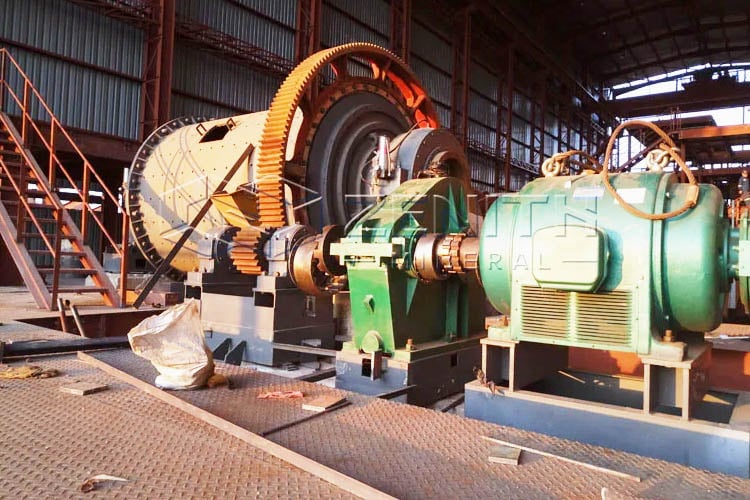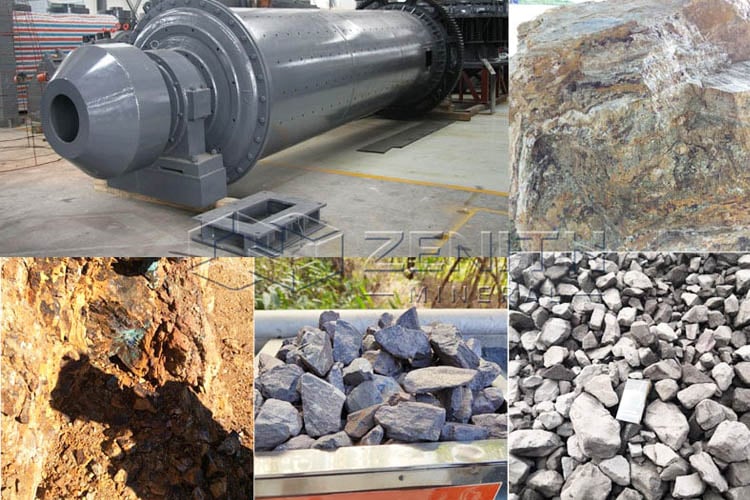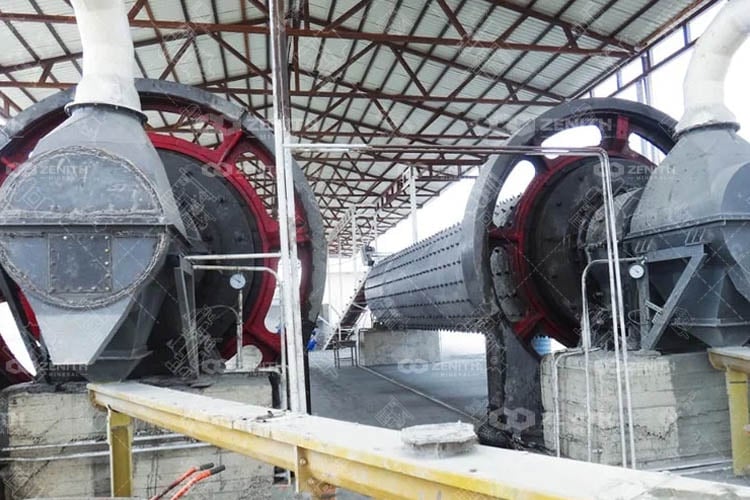The ball mill is one of the most essential pieces of equipment in the mining and mineral processing industries. Known for its efficiency in grinding materials, the ball mill has been adapted and optimized across various global markets, including Mexico. This article provides a detailed examination of the ball mill’s design, operation, types, and specific applications within the Mexican context.

A ball mill is a type of grinder used to grind materials into extremely fine powder, primarily for use in mineral processing. It operates on the principle of impact and attrition, wherein the material to be ground is placed in a rotating cylindrical drum filled with grinding media (balls). As the drum rotates, the balls cascade and grind the material into a fine powder.
A typical ball mill consists of:
The working principle of a ball mill involves several steps:
In Mexico, the sand processing involves several steps: extraction, crushing, milling, and classification. Ball mills play a crucial role in the milling phase, transforming raw sand into a finer and more uniform material that meets industry standards.
1. Mining Industry
In Mexico, ball mills are commonly used in the mining sector for:
Ore Grinding: To prepare ores for further processing methods such as flotation and leaching.
Metal Recovery: Enhancing the liberation of valuable minerals from the ore.
2. Cement Production
Ball mill also play a crucial role in the cement industry, where they are used to grind clinker into fine powder, essential for producing cement.
3. Chemical and Pharmaceutical Industries
The versatility of ball mills extends to the chemical and pharmaceutical sectors, where they are employed to grind and mix various substances.

1. High Efficiency
Energy Consumption: Ball mills are designed for high energy efficiency, making them suitable for large-scale production.
2. Versatility
Material Compatibility: They can be used for grinding various materials, including metals, minerals, and chemicals.
3. Continuous Operation
Production Flexibility: Continuous ball mills allow for sustained production, crucial for meeting high demand.
1. Automation
The integration of automation technologies in ball mills is a growing trend. Automated systems can enhance operational efficiency by optimizing grinding parameters in real-time.
2. Advanced Materials
Research into advanced materials for grinding media and liners is ongoing, aiming to improve durability and efficiency.
3. Environmental Considerations
As sustainability becomes increasingly important, the development of eco-friendly grinding processes is a focus area. Innovations that reduce energy consumption and waste generation are vital for the future of ball milling.
The ball mill remains a cornerstone in the field of material processing, particularly within the Mexican mining industry. Its versatility, efficiency, and capacity for continuous operation make it an invaluable tool for various applications. As technology evolves, the future of ball mills looks promising, with innovations aimed at enhancing performance and sustainability.

The versatility and efficiency of ball mill make it indispensable in various stages of gold ore beneficiation plant, from crushing and grinding to the final recovery of gold from the ore.

As professional Chinese ball mill manufacturers in India, ZENITH summarizes some key factors of ball mill in the production process.

Before purchasing the ball mill, we need to know the model, output and structure of the ball mill. Before the ball mill is put into operation, we need to know h
Fill your requirements here, and we'll send the custmized solution and quotation to you by the reserved contact information.